The concept behind Spinal Rehab training is that the CORE muscles will be activated to support and stabilize the spine. There are core exercises as well to stabilize other joints of the body as well. When you have an injury the core muscles supporting the area are inactivated. For proper healing, these muscles must be activated without straining the injury. In some acute episodes it is not possible to activate muscles without pain. In this situation you may be only able to use breathing exercises to lightly engage the core.
For winter bicyclers, here are some CORE exercises to warm up with before your ride. Start by finding neutral position of the spine and activate the core muscles in the neck, the torso and the low back. Focus on lengthening the spine and maintaining this throughout the exercise. These are done slowly with control while breathing. Check out: CORE Warm-up for Biking Once cycling, try to maintain some activation of these muscles and lengthening of the spine with good posture.
For walkers we tried to capture “språng gång” where when you walk, you focus on the push off, where you work the back of your legs avoiding a hard landing on your heel. This walking style has less impact and is therefore easier on the back. We have some pictures for stretches during your walk and a reminder of posture to engage while walking. Rehab: Dynamic Exercises in Nature
For yo winter golfers, we have some warm-up stretching: Bindvävs stretch for golf. These and done slowly with control, focusing on lengthening the spine with the neck in a neutral position. Start by finding neutral position of the spine and then activating the core. maintain this throughout the stretch. For information on neutral positioning, check under ländryggs stabilitet 1. Enjoy the season!
For those of you heading north for some skiing: Click on the following link: SKIHAB. This is a fun exercise program to warm-up for downhill/cross country/back country skiing. Performing these exercises regularly reduces the risk for injury. They are done slowly with focus on lengthening the spine, neutral neck positioning, activation of the thoracic brace and lumbar core musculature.
Neck, Shoulder and Upper Back Pain
With neck pain, the goal is to train with the head directly over the shoulders or lying on the floor. Having your head off the floor is a strain on the neck unless it is hanging down in a comfortable stretch. Training with outstretched arms is also a strain on the neck. Bend the elbows and have them close to the body to reduce stress on the neck and upper back. Exercise machines where you pull are usually tolerated. Pushing weights up over your head is a strain on the neck and should be avoided when neck pain is a problem. Rehabilitation exercises for the neck are found below a well as exercises to activate the muscles supporting the upper body and shoulders. Another dimension to training the neck is to activate an inborn reflex synchronizing eye movements, neck movements and balance (vestibular system). This reflex is inhibited with neck pain and is important in rehabilitation. These are described in neck stability under oculomotor exercises.
Baseline exercises for the neck: Neck Stability Exercises
Shoulder exercises are important in the management of shoulder pain. We have shown you how to activate muscles pulling down the shoulder blades. All the exercises begin with this action which is maintained thoughout the exercise. The goal is to maintain the activity in the muscle despite how you move your arms. Pictures of the various movements are under Rehab Shoulder.
Lowback pain (Ont i ryggen)
If we start with the low back. The basic concept is to find neutral positioning in standing, sitting and lying down and then activate the core muscles in that posture. All exercises are performed slowly with control, using breathing to activate the core and simultaneously avoid any “wobble” in the midsection. Instructions for this are under ländryggs stabilitets träning: Step 1. Exercises should not hurt during or after performing them. Initially, you may want to restrict yourself to exercises lying down on your back, sitting and standing. Eventually you want to do exercises on your stomach and on your sides.
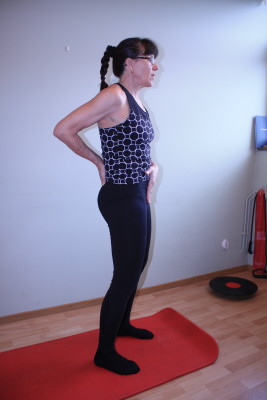 |
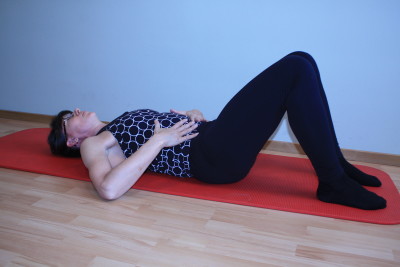 |
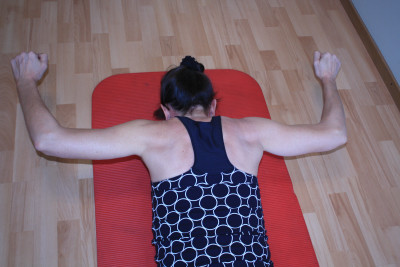 |
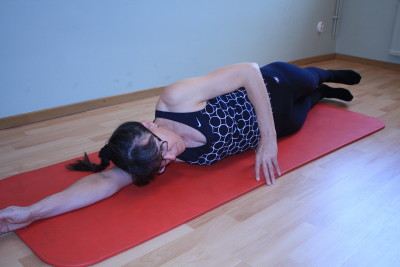 |
Ländryggs stabilitets träning 1
Other basic exercises which may be added can be found among the following pages, use your judgement to avoid exercises that are too advanced for the stage you are at. The page “Axlar stående” shows how to engage the core while standing and working with the arms. These can be done several times a day. Bröstryggs stabilitets övningar are to activate the thoracic core, the area between the shoulder blades. These exercises activate both the thoracic and lumbar core muscles and are done on a mat. Exercise in nature shows a variety of suggested arm movements while training the core. These exercises can be done outside. Weather permitting this is a way to inspire training in different environments.
Bröstryggs stabilitets övningar
Välj övningar på sidan som du klarar av utan att det känns ansträngd i ryggen. De som är liggande på rygg är säkraste att börja med.
Choose exercises lying on the side that do not create any discomfort in the back. The exercises lying on the back are safest to start with.
This stage of rehab can last from one month to several months depending on many different factors. Focus on finding neutral positioning and using slow controlled movements with the arms while avoiding any “wobble”. These movements are synchronized with breathing to both relax the core and then tighten it up to stabilize the spine. When you are ready, the next step is to add small weights or a resistance band to increase the difficulty of the exercises. At this point you can also add resistance exercises for the upper body. These are exercises with machines or a resistance band standing up. You will want to warm up first with the exercises on the mat. During the resistance exercises, use breathing to activate the core. Gentle stretching exercises may be appropriate now as well and can be found in the links below. Stretching exercises should not provoke pain either during of after training. Avoid twisting and extreme positions of side bending, flexion or extension.
The next step is to add the cylinder exercises shown below. The concept is the same. Find neutral position on the cylinder with bent legs, lengthen the spine, activate both pelvic floor and trunk with controlled breathing. Perform slow, controlled arm movements avoiding “wobble”. Increase the difficulty of the exercises by adding a resistance band or small weights.
Cylinderövningar
Hemövningar
Stretchövningar
This may be a time where you are taking short walks, swimming for short distances, biking for short, flat distances. In each of these integrated movement forms the goal is to maintain perfect posture and activate the core maintaining support while active. When walking, find neutral posture and activate the core, then as you walk, push up on the ball of the foot. This propels you both upward and forward activating the calf muscles, the hamstrings and finally consciously squeeze the buttocks. This turns on the entire back side of the body, efficiently pumping blood back to the heart. This type of walking is less impactful for the back and therefore less injurious to a healing disc. You can vary the emphasis, as an example, as you propel yourself forward you can focus on stretching the hip flexors during the push-off phase of the gait cycle.
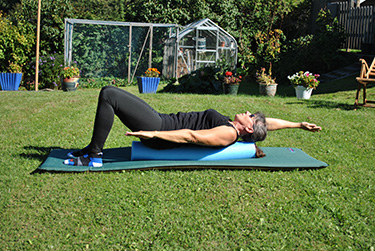 |
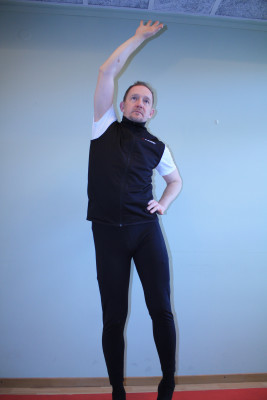 |
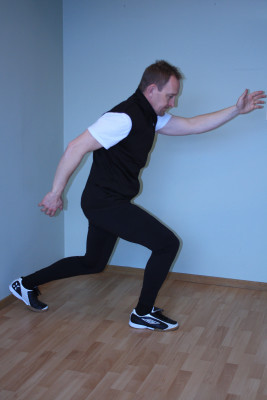 |
Once you have worked with these exercises for approximately 3 months and feel strong, it may be appropriate to increase the difficulty using the legs during training. Continue with the base exercises and add the legs. This adds quite a bit more strain on the back so it is wise to not be to quick to start these. At this point you may increase the length of training on bike, in a pool and/or walking. Avoid training in hills. This is an appropriate time to start bind-vävs stretching, see the link below. Exercises are performed slowly and gently not provoking pain.
Ländryggs stabilitets träning 2
Strength and Stability Hip and Pelvis
Rehab: träning för styrka, stability och balans
Dynamic exercises in nature Here you can find språng gång
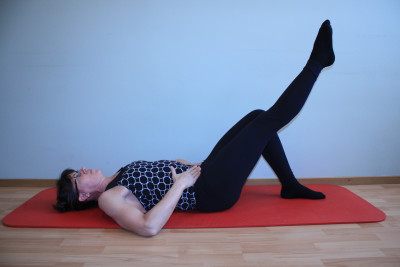 |
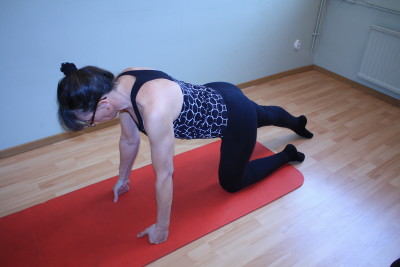 |
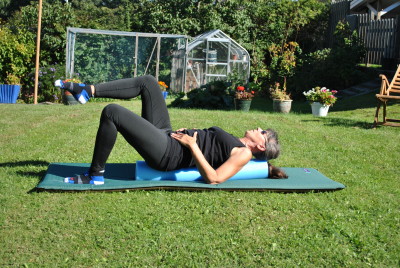 |
The next step to increase difficulty is to put a resistance band around the active foot, hold on to the band with hands, elbows on floor. Perform slow, controlled movements with the leg avoiding any “wobble”. Once the back is stable enough to add twisting motions, it is appropriate to add on the following exercises. There may be certain exercises which are too tough, hop over them if that is the case. Condition training is often tolerated for 1 hour now, and again with perfect posture and an activated core.
Enklare stabilitetsträning på Pilatesboll
Flexi-bar övningar
Ländryggs stabilitets träning: medelsvåra
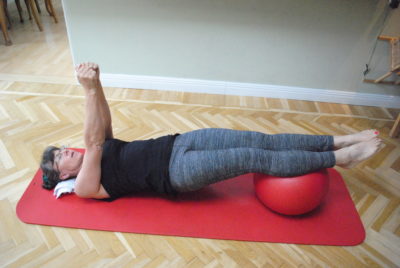 |
 |
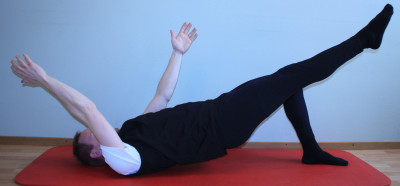 |
Neck stability exercises
Bröstryggs stabilitets övningar
Axlar Armbågar övningar
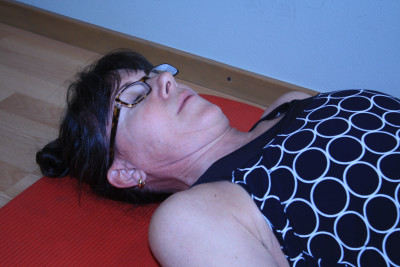 |
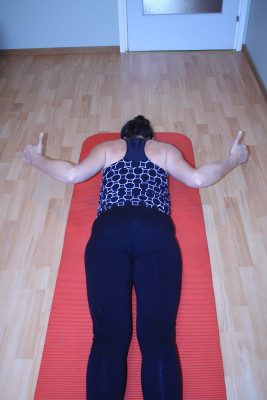 |
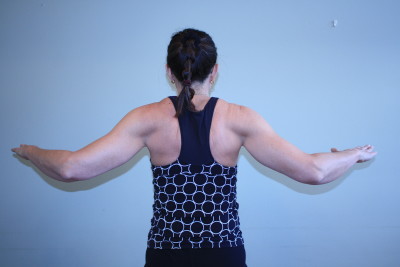 |
Elbow pain (Ont i armbågen)
Elbow pain is usually a sign that you have strained your elbow in some way. It can be from monotone movements common when using a mouse, or from repeating the same larger movements as in tennis or golf. Once the elbow has been overstrained, it is less tolerant of other types of movements which require the same muscles to be active. Good ergonomics when using a desk are demonstated below under ergonomics. Having proper ergonomics is important to avoid not only elbow pain, but neck pain as well.
Ergonomics at home and in the work place
Here is a group of pictures showing good ergonomics at home and in school. The basic principles are to vary standing and sitting. Standing is better for you body as long as it feels good. The screen should be at eye height until you use progressive eyeglasses, when the screen is slightly lowered. Avoid tilting your head to look at a screen. This protects your neck. The angle at the elbow should be 90 degrees and the lower arm resting and pivoting on the desk. This relieves shoulder and neck tension. Depending on the angle of the spine, it can be comfortable to have one foot on a stool, stand wide based with good posture.
Knee Stability Training: for the injured knee
Knee Stability Training: Injury Prevention for the Healthy Knee
This training program is to strengthen the knee joint complex in the healthy athlete. Women, girls and people who are hyper-mobile in their joints benefit from training the knee joint. If the knee is injured these exercises are too tough to start with. This program is used for training with young girls and boys in a variety of sports, but particularly soccer and skiing where knee injuries are common.